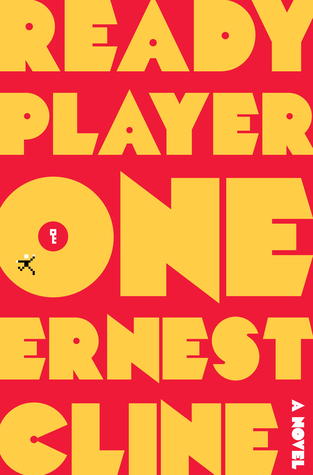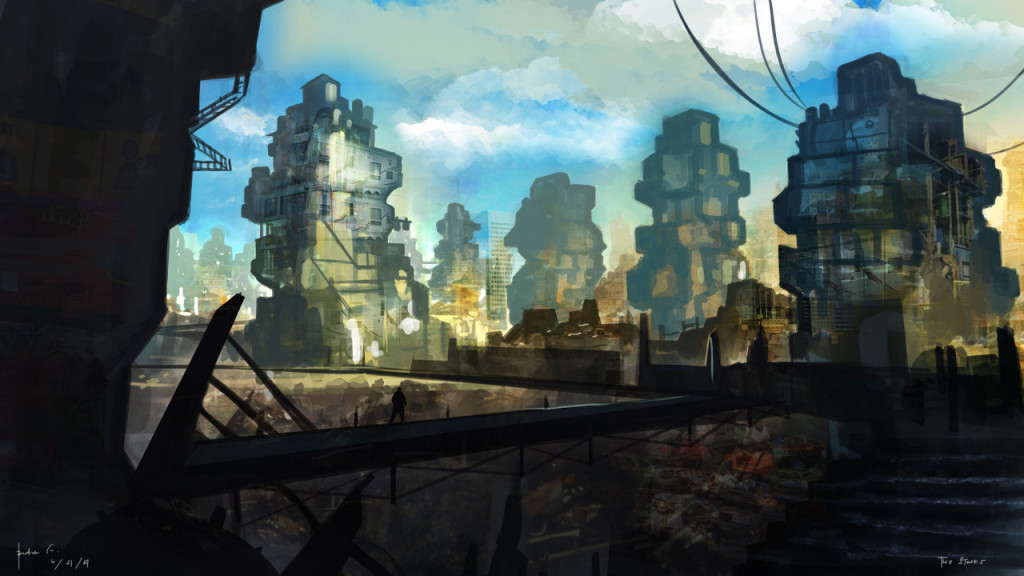by Andrew Hedglin
 I know I’m a little late to the party on this one. Not only had I not read Ready Player One until this August (by Ernest Cline- it came out in 2011), I had not even heard of Cline until I started working at Lemuria this summer. I didn’t even get one of his books read to help the hype-train roll along for his July 30 signing of his new book Armada (signed first editions of which are still available). There is, however, still some room on the bandwagon before Steven Spielberg adapts Ready Player One for the silver screen.
I know I’m a little late to the party on this one. Not only had I not read Ready Player One until this August (by Ernest Cline- it came out in 2011), I had not even heard of Cline until I started working at Lemuria this summer. I didn’t even get one of his books read to help the hype-train roll along for his July 30 signing of his new book Armada (signed first editions of which are still available). There is, however, still some room on the bandwagon before Steven Spielberg adapts Ready Player One for the silver screen.
And anyway, it’s okay, because between the deep-seated 80s nostalgia and the bleak virtual futurism of 30 years from now, there’s a timeless feeling to Ready Player One, which feels like it will become a classic of the gamer genre of literature. The novel tells the story of Wade Watts, a down-and-out teenager from Oklahoma City, whose life changes with the creation of a massive worldwide virtual treasure hunt. As the world falls apart from resource depletion and neglect, most people spend their lives instead in the OASIS, a massive, multi-world virtual reality system. When the creator of the OASIS dies, his will leaves control of the company (and thus the OASIS) to whomever can find a virtual “easter egg” hidden in the OASIS itself. Players do this by finding keys through trials designed to test their gaming skill and 1980s pop culture knowledge.
Wade, whose online alias is Parzival (modeled after the questing Grail knight), takes an early lead by finding the first key through dedication and a bit of luck, but he’s soon locked in a frantic race against his friends (Aech [pronounced “H”], his love interest/frenemy Art3mis, and the Samurai brothers Daito and Shoto) and enemies (an army of egg hunters called the Sixers employed by a massive, sinister internet service provider).
One of the appealing things about the OASIS is the seemingly endless number of different worlds, often inspired by real-world pop & gaming culture, that are featured or suggested in the story. Even though the book is loaded with homages, references, and appearances, it doesn’t feel inaccessible. Partly this is through Cline’s lucid exposition, and part is from having a broad enough cultural canon that most denizens of the internet can be familiar with.
I myself was only three years-old at the end of the 1980s, and though I’ve played my share of video games, I don’t think I would have ever called myself a gamer. Despite these limitations, I never felt lost or bored.
Besides, the book itself feels like its own mythology to contribute—it’s worth your time to check out this lovingly created fan art on Tumblr. It’s fascinating to see the responses to Art3mis, especially, mostly identification with but also occasionally sexualization of—much like Wade’s attitude, actually.
Even though the book succeeds mostly on its entertainment value, it does raise—and poke around—themes of not only identity, but also escapism vs. the value of reality. It raises questions better than providing analysis, but the choices confronting Wade, especially at the end of the novel are interesting. The ending also leaves the consequences of the story open without demanding a sequel to feel complete, which I appreciated.Mostly, though, Ready Player One is just a hell of a lot of fun. It’s got puzzles, it’s got memorable characters, it’s got (a very gamer type of) romance, it’s got a classic narrative structure—and a place on book store, library, and home book shelves for years to come.



Comments are closed.